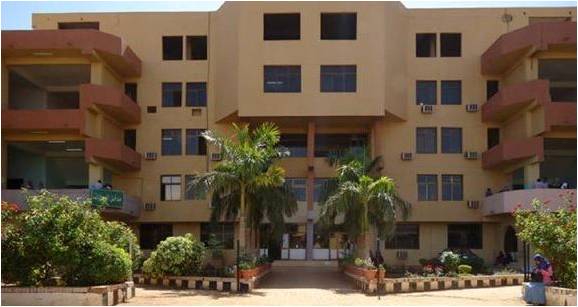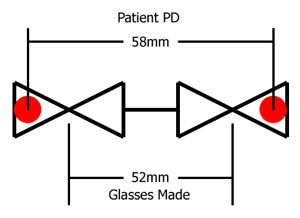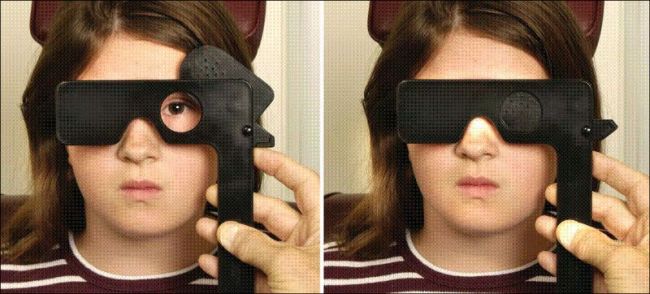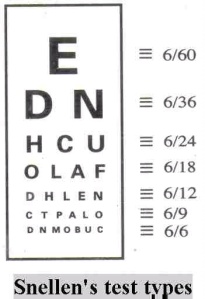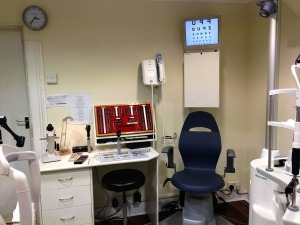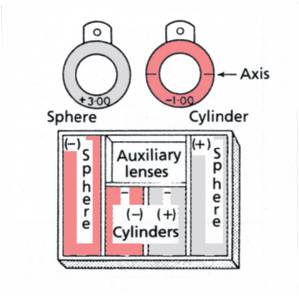
The trial case is a tray of lenses and accessories used to determine the refractive error of an eye. These lenses are individually marked in the strengths of dioptric power of each lens, as well as in the direction of axis of the cylindric lenses. The trial case consists of:
• a pair of plus spheres ranging from +0.12 to +20.00 D
• a pair of minus spheres ranging from -0.12 to -20.00 D
• a pair of plus cylinders ranging from +0.12 to +8.00 D
• a pair of minus cylinders ranging from -0.12 to -8.00 D
• accessory lenses
• trial frame.
These lenses are designed to fit a standard trial frame. Each lens is encircled by a metal rim for protection.
Handles are provided with spheres for ease of handling and are optional with cylinders. The choice is governed by the type of trial frames used. The cylinder is marked with reference to its axis and not the meridian.
Accessory lenses available in a trial case are:
• an occluder lens
• a pinhole disk
• a stenopeic slit
• a Maddox rod lens
• prisms ranging from 0.50 to 6.00 prism D
• a red glass filter lens.
• a pair plano lenses
